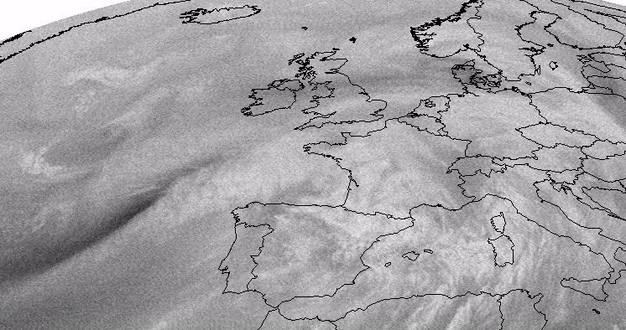
A powerful storm ravaged many parts of the UK in the middle of October 1987. With winds gusting at up to 100mph, there was massive devastation across the country and 18 people were killed. About 15 million trees were blown down. Many fell on to roads and railways, causing major transport delays.
On the night of October 15-16, 1987, the UK experienced one of the most powerful storms in its history, a tempest that tore across the country with hurricane-force winds, leaving a trail of destruction. This violent weather event, now remembered as the “Great Storm of 1987,” brought winds gusting up to 100 mph, uprooting millions of trees, causing widespread damage to homes and infrastructure, and tragically resulting in the loss of 18 lives. The storm is etched in the memories of many as a night of chaos and devastation that changed the landscape of the UK forever.
A Sudden and Violent Onslaught
The Great Storm arrived with little warning. Despite the ferocity of the approaching weather system, it was initially underestimated by meteorologists, leading many people to be caught off guard. On the evening of October 15, the storm began to gather strength over the Bay of Biscay before making landfall in southern England. By the early hours of October 16, winds of up to 100 mph were battering the south coast, tearing through towns and cities, ripping apart roofs, toppling trees, and sending debris flying through the air.
What made this storm so devastating was not just the speed of the winds but the sheer scale of its impact. It affected much of southern England, as well as parts of Wales and the Midlands. As the storm intensified, it caused severe damage to homes, buildings, and infrastructure. Cars were crushed by fallen trees, and power lines were brought down, leaving vast areas without electricity. The storm even shattered windows in high-rise buildings, adding to the chaos.
15 Million Trees Uprooted, Transport Paralyzed
One of the most significant and lasting impacts of the Great Storm was the destruction of around 15 million trees across the country. In parks, forests, and countryside areas, trees that had stood for decades were uprooted and scattered like matchsticks. Ancient woodlands were devastated, and some areas saw their natural landscapes permanently altered.
The falling trees caused widespread havoc on the roads and railways. Major transport routes were blocked, leading to severe disruptions. Commuters faced chaotic scenes the morning after, with trains and buses canceled, roads impassable, and fallen debris everywhere. The transport system was brought to a standstill, and it took days, even weeks, for services to return to normal. The damage to infrastructure was so severe that repairs and clean-up efforts stretched well into the following months.
Lives Lost, Communities Devastated
Amid the destruction, the storm claimed the lives of 18 people, many of whom were killed by falling trees, collapsing buildings, or accidents caused by the extreme weather. The loss of life added a tragic dimension to the storm’s already devastating toll. Families and communities were left in shock, grappling with both personal losses and the widespread damage to their homes and livelihoods.
The aftermath of the storm saw a massive coordinated effort from emergency services, local authorities, and volunteers who worked tirelessly to clear roads, restore power, and help those affected. The government also stepped in to provide aid to the worst-hit areas, though for many, the rebuilding process would take years.
A Storm That Changed the UK
The Great Storm of 1987 remains one of the most severe weather events in the UK’s history, a night that brought untold destruction to the nation. It served as a wake-up call for weather forecasting and emergency preparedness, highlighting the need for better warning systems and public awareness in the face of natural disasters.
Though the scars of the storm have faded, the memories of that night—and the resilience of those who endured it—live on. The event stands as a reminder of nature’s immense power and the fragility of even the most familiar landscapes.
Leave a Reply